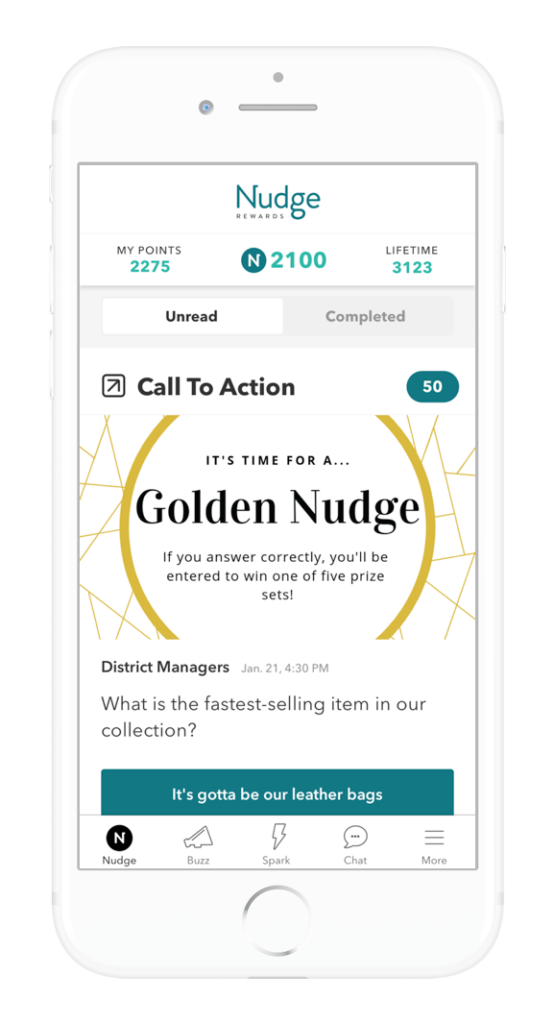
Practicing empathy: 3 ways to connect with your frontline workers
Modern business leaders would agree that empathy—the ability to understand and share the feelings of another—is a key ingredient to effective employee communications. However, in times of crisis, demonstrating empathetic leadership can be challenging, with external pressures and internal stressors getting in the way of supporting those who need it most—your frontline employees.
During times of unexpected change, marked by looming uncertainties for the future, frontline employees will likely experience new and intense feelings in their everyday lives—while at work and beyond. Practicing empathy can go a long way to establish trust and loyalty with your staff, ensuring they feel connected to the organization and reassured while employed (or while waiting to come back to work).
As a business leader, there are a variety of ways that you can foster empathy across the business and empower your frontline teams during times of uncertainty. Below we have outlined the three types of empathy, which business leaders should practice in times of crisis:
1. Cognitive empathy (Think)
Cognitive empathy is the ability to understand how a person feels and what they might be thinking. This type of empathy is also referred to as “perspective-taking”, which is simply the practice of putting ourselves in someone else’s shoes. As your organization chooses how to adapt to internal or external pressures, it is important to understand how the people on the frontlines of your business are impacted and imagine what it might feel like to be in their situation. Using a “perspective-taking” approach to empathy, business leaders will be able to improve decision making and create people-first strategies in times of need.
2. Emotional empathy (Listen)
Emotional empathy, which is also known as affective empathy, is the ability to share the feelings of another person. This type of empathy helps people build emotional connections and provides an opportunity to understand how someone feels. When navigating periods of change, your frontline staff will need an outlet for expressing their feelings and look to leadership for validation that what they are going through is difficult. Business leaders that can genuinely display emotional empathy, by actively listening and ensuring frontline employees feel heard, will be able to develop deeper levels of openness, trust, and, ultimately, loyalty across their workforce.
3. Compassionate empathy (Act)
The third type of empathy takes things a step further, going beyond understanding others and sharing feelings. Compassionate empathy, also known as empathic concern, is all about action and taking the necessary steps to help people however we can. That being said, there is no one “right way” to demonstrate compassionate empathy towards your frontline employees. Depending on the situation, individuals, and emotions, certain types of compassionate empathy may be more or less appropriate. When demonstrating empathic concern, the two most important considerations should be (1) what your frontline employees want and need, and (2) whether any action you take will benefit them directly.
Overall, while demonstrating empathy is an important skill for any modern business leader, it is most important in times of crisis. When your organization is being impacted by factors that are outside of your control, remember you can control how you respond to your frontline teams. Take interest in what your frontline employees are thinking, feeling, and experiencing, and your organization will be able to develop a reputation for being caring, trustworthy, and supportive—in good times and bad.


 Brands who have used the golden Nudge have garnered high levels of engagement from their frontline, which has helped drive business results.
Brands who have used the golden Nudge have garnered high levels of engagement from their frontline, which has helped drive business results.